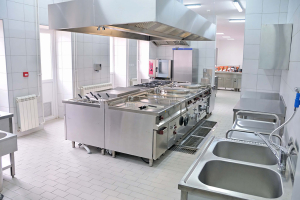
Color-Coded Chopping Boards: A Must-Have for Your Commercial Kitchen
In a bustling commercial kitchen, organization and hygiene are paramount. One essential tool that aids in maintaining cleanliness and preventing cross-contamination is the color-coded chopping board system. These specially designed cutting boards come in a variety of vibrant colors, each assigned to a specific type of food group. In this article, we will delve into the significance of color-coded chopping boards, what each color represents, and why they are indispensable in any professional culinary environment.

The Meaning Behind the Colors:
-
Red: The red chopping board is typically designated for raw meat. This includes beef, pork, lamb, and poultry. By using a distinct red board for raw meat, you can prevent the spread of harmful bacteria, such as Salmonella or E. coli, to other food items.
-
Blue: The blue chopping board is reserved for raw fish and seafood. Whether it's salmon, tuna, prawns, or other seafood delicacies, the blue board ensures that any potential contaminants from fish do not come into contact with other ingredients.
-
Green: Vegetables, fruits, and salad ingredients find their place on the green chopping board. As these items are often consumed raw, it is crucial to avoid cross-contamination from raw meat or fish. Using a separate green board for produce helps maintain food safety.
-
Yellow: The yellow chopping board is commonly used for cooked meat. Once the raw meat has been properly cooked and is ready for plating, using a separate yellow board prevents any remaining bacteria from coming into contact with other foods.
-
Brown: The brown chopping board is assigned to root vegetables, such as potatoes, onions, and carrots. This color helps prevent cross-contamination with other food groups and ensures the safe preparation of these staple ingredients.
-
White: The white chopping board is specifically designated for bakery and dairy products. Whether you are slicing bread, kneading dough, or cutting cheese, using a separate white board guarantees that these items remain free from any remnants of meat, fish, or vegetables.
Why Color-Coded Chopping Boards are Essential:
-
Preventing Cross-Contamination: The primary purpose of color-coded chopping boards is to prevent cross-contamination in the kitchen. By segregating different food groups based on color, you minimize the risk of harmful bacteria spreading from one ingredient to another.
-
Compliance with Food Safety Regulations: Many countries and regulatory bodies require the use of color-coded chopping boards in commercial kitchens. Adhering to these guidelines demonstrates your commitment to food safety and ensures you meet the necessary standards during inspections.
-
Efficient Workflow: With color-coded chopping boards, your kitchen staff can work more efficiently. They can quickly identify the appropriate board for each food group, streamlining the food preparation process and reducing the chances of errors.
-
Customer Confidence: When customers dine at your establishment, they want the assurance that their food has been prepared under hygienic conditions. By visibly employing color-coded chopping boards, you instill confidence in your customers regarding your commitment to maintaining cleanliness and food safety.
Investing in a set of color-coded chopping boards is a wise decision for any commercial kitchen. By using these boards in accordance with their designated food groups, you can minimize the risk of cross-contamination, comply with regulations, enhance workflow efficiency, and build customer trust.
To get started with color-coded chopping boards in your commercial kitchen, visit EasyEquipment.com. We offer a wide range of high-quality chopping boards in various colors to suit your needs.


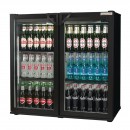 Bottle Coolers & Beer Fridges
Bottle Coolers & Beer Fridges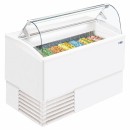 Ice Cream Displays
Ice Cream Displays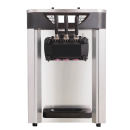 Ice Cream Machines
Ice Cream Machines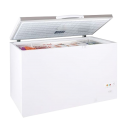 Chest Freezers
Chest Freezers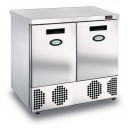 Commercial Freezers
Commercial Freezers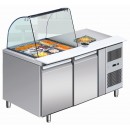 Commercial Fridges
Commercial Fridges Ice Cube Makers and Flakers
Ice Cube Makers and Flakers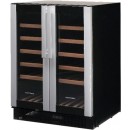 Wine Coolers
Wine Coolers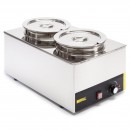 Bain Maries
Bain Maries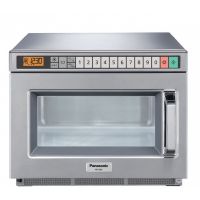 Commercial Microwaves
Commercial Microwaves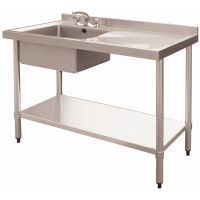 Commercial Sinks
Commercial Sinks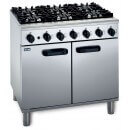 Commercial Ovens
Commercial Ovens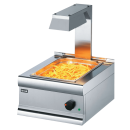 Fryers and Chip Scuttles
Fryers and Chip Scuttles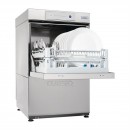 Glass and Dishwashers
Glass and Dishwashers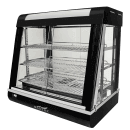 Pie Warmers & Hot Food Displays
Pie Warmers & Hot Food Displays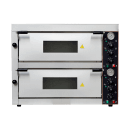 Pizza Ovens
Pizza Ovens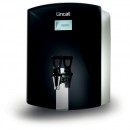 Water Boilers
Water Boilers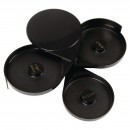 Bar Supplies
Bar Supplies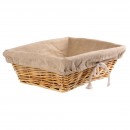 Bowls & Display Baskets
Bowls & Display Baskets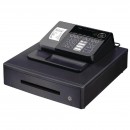 Cash Registers
Cash Registers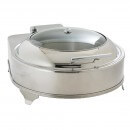 Chafing Dish Sets & Fuel
Chafing Dish Sets & Fuel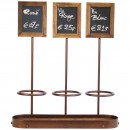 Menus & Boards
Menus & Boards Table Numbers & Stands
Table Numbers & Stands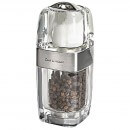 Salt, Pepper & Spice Mills
Salt, Pepper & Spice Mills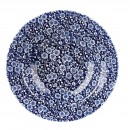 Crockery
Crockery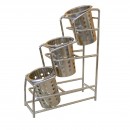 Cutlery
Cutlery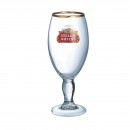 Glassware
Glassware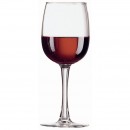 Wine Glasses
Wine Glasses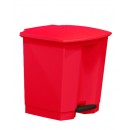 Bins
Bins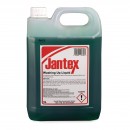 Cleaning Chemicals
Cleaning Chemicals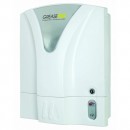 GreasePak
GreasePak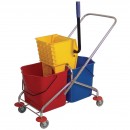 Janitorial Equipment
Janitorial Equipment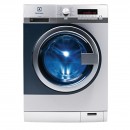 Laundry Equipment
Laundry Equipment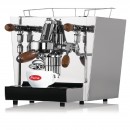 Coffee Machines
Coffee Machines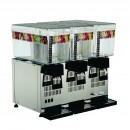 Juice Dispensers
Juice Dispensers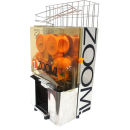 Juicers
Juicers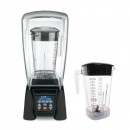 Drink Blenders
Drink Blenders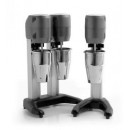 Milkshake Blenders
Milkshake Blenders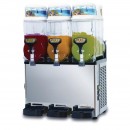 Slush Machines
Slush Machines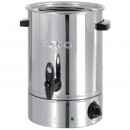 Water Boilers
Water Boilers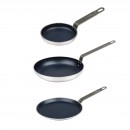 Cookware
Cookware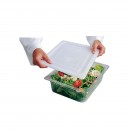 Gastronorm Containers
Gastronorm Containers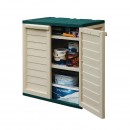 Ingredient Bins
Ingredient Bins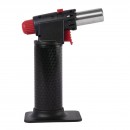 Pastry & Baking
Pastry & Baking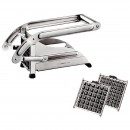 Utensils
Utensils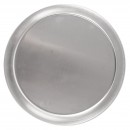 Pizza Pans & Equipment
Pizza Pans & Equipment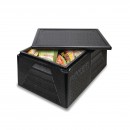 Food Storage
Food Storage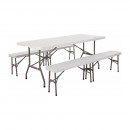 Folding Furniture
Folding Furniture Garden and Outdoor Furniture
Garden and Outdoor Furniture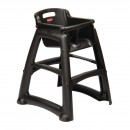 High Chairs
High Chairs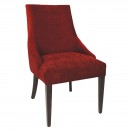 Chairs
Chairs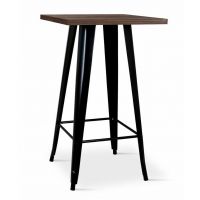 Tables
Tables


